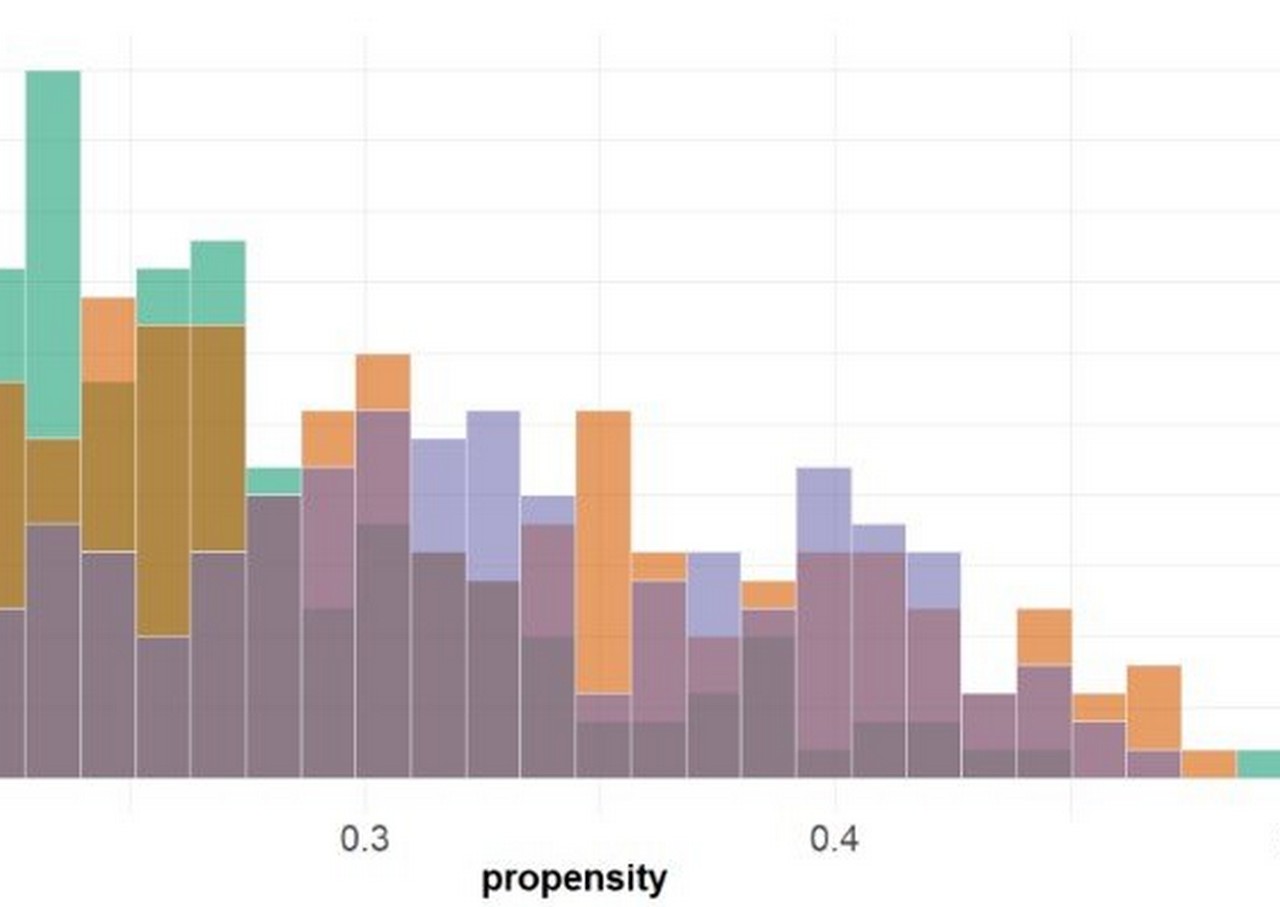Why aren’t there extra ladies working in tech? For all of the hiring pledges, networking initiatives and one-on-one mentoring applications, ladies maintain 30% of tech jobs worldwide—despite the fact that they make up half the worldwide inhabitants.
The implications of getting a extra consultant workforce are easy: It could possibly cut back unintended disparities and enhance the prospect that the advantages of expertise will probably be extensively shared.
There’s one other concern. Tech is anticipated so as to add staff at a quicker price than many different main job classes over the subsequent eight years, suggesting that right now’s mass layoffs are a short lived blip. If enterprise leaders and policymakers do not discover methods to speed up efforts to diversify the sector, then ladies—and different underrepresented teams—will proceed to lose out on tech’s high-paying jobs.
Susan Athey, the Economics of Know-how Professor on the Stanford Graduate College of Enterprise (GSB) and a senior fellow on the Stanford Institute for Financial Coverage Analysis (SIEPR), and Emil Palikot, a postdoctoral researcher on the GSB’s Golub Capital Social Affect Lab, assume they’ve simply the catalyst the sector wants to shut the range hole.
Athey, who can also be the founding director of the GSB social affect lab and an affiliate of the Stanford Accelerator for Studying on the Stanford Graduate College of Training, and Palikot just lately teamed with a Poland-based group that helps ladies trying to transition into careers in tech, who had already acquired the mandatory primary expertise, however who had been unable to discover a job. The group, Dare IT, could not come near assembly the demand for its free one-on-one mentoring program: 2,000 ladies would apply for 200 openings in every cohort.
“The ladies had the credentials to work in tech however had been working right into a last-mile drawback: It wasn’t at all times clear to hiring managers that they’d the sensible expertise to do the job,” Palikot says. Research, he provides, have proven that applications that target growing and demonstrating hands-on expertise are the best. “It makes intuitive sense. Speaking about one thing you constructed will get folks extra than simply speaking about college programs.”
Athey and Palikot responded to the dual issues—of scalability and uncertainty round sensible expertise—by partnering with Dare IT to design and implement a 3-month on-line program to assist feminine job seekers bolster their work portfolios, in order that employers have extra tangible proof that candidates can do the work. Referred to as “Challenges,” this system requires members to work on a selected challenge, akin to constructing a cell app or engineering the backend of a digital platform. Working in groups, the ladies full a collection of duties and are given suggestions from tech executives and different professionals within the discipline.
Athey and Palikot additionally ran a number of experiments to measure the effectiveness of Challenges and Dare IT’s one-on-one mentoring program. They uncovered insights, too, into how each sorts of applications would possibly higher serve completely different teams of girls relying on, say, the place they stay or their stage of training.
In a analysis paper detailing their work, Athey and Palikot present that ladies who accomplished the web program had been 45% extra probably on common to get employed right into a tech function—both at a tech firm or in an IT capability at a non-tech firm—inside 4 months than randomly chosen equally certified ladies who had been screened by Dare IT however didn’t take part in Challenges.
In the meantime, they discover that the advance within the hiring charges underneath this system was just like the charges of success by ladies who labored straight with mentors throughout their job search. However there are essential variations between the 2 approaches: Challenges, and different skills-signaling applications prefer it, will be simply scaled—for about $15 per participant, in keeping with Athey and Palikot.
To Athey, who has lengthy championed extra range and inclusion in tech and in economics, the success of Challenges highlights how expertise can and may play an even bigger function in addressing disparities within the tech office.
“The expertise sector has such an outsized affect, not simply on the economic system, however on society at giant,” says Athey, who’s on go away from Stanford whereas she serves because the chief economist of the antitrust division on the U.S. Division of Justice. “Tech’s affect is simply going to deepen, which makes guaranteeing a various workforce much more paramount—each for giving ladies and different underrepresented teams entry to high-paying jobs, and for guaranteeing that expertise features equitably. A various tech sector will assist construct extra various societies as effectively.”
Classes in what works greatest—and when
Athey and Palikot’s analysis is not a takedown of conventional approaches to diversifying workforces. In reality, they run a parallel experiment of Dare IT’s mentoring program and discover that it is equally efficient at serving to ladies discover jobs in tech.
The issue is that mentoring takes a variety of time and sources—each for the organizations working them and for the mentors who volunteer.
“There’s clearly a market want for ladies and minorities trying to transition into tech that conventional approaches like mentoring can not fulfill,” Palikot says. “We do not know whether or not the efforts or sources at the moment devoted to enhancing the gender imbalance within the tech sector are being utilized in methods which might be handiest.”
Athey and Palikot uncover proof that mentoring would possibly truly be the higher possibility in some instances.
Of their research, they checked out how Challenges and one-on-one mentoring helped some ladies greater than others. Girls from small cities in Poland, for instance, had a greater likelihood of getting employed right into a tech job in the event that they had been mentored versus in the event that they accomplished the Challenges program. On the flip aspect, Challenges helped ladies residing in large cities greater than mentoring did.
General, Athey and Palikot present that putting ladies in this system that may almost definitely profit them elevated their probabilities of touchdown a tech job by one other 13%, in comparison with ladies who had been randomly assigned to both Challenges or mentoring.
The researchers additionally discover that mentor coaching, for instance, would not make for higher mentors; it is the quantity of expertise in tech, together with in administration, that issues most. Additionally, job seekers with out graduate levels profit extra from being mentored or finishing Challenges than members with superior levels.
A tech reply for a tech drawback
Some 1,600 ladies have accomplished Challenges for the reason that program debuted in late 2021—together with roughly 1,000 Ukrainian refugees who participated in a module developed to particularly assist them. As we speak, members can choose from seven distinct tech domains, amongst them user-experience design, high quality assurance, and software program testing.
“Our strategy will be utilized not only for ladies, however for any group of underrepresented staff who, sadly, would possibly must go to further lengths to sign their {qualifications} to potential employers,” Athey says. “If an underrepresented group can transfer into tech in giant sufficient numbers with this sort of on-line program, there will be follow-on results when those self same staff transfer into hiring and different management positions, or once they begin their very own companies.”







